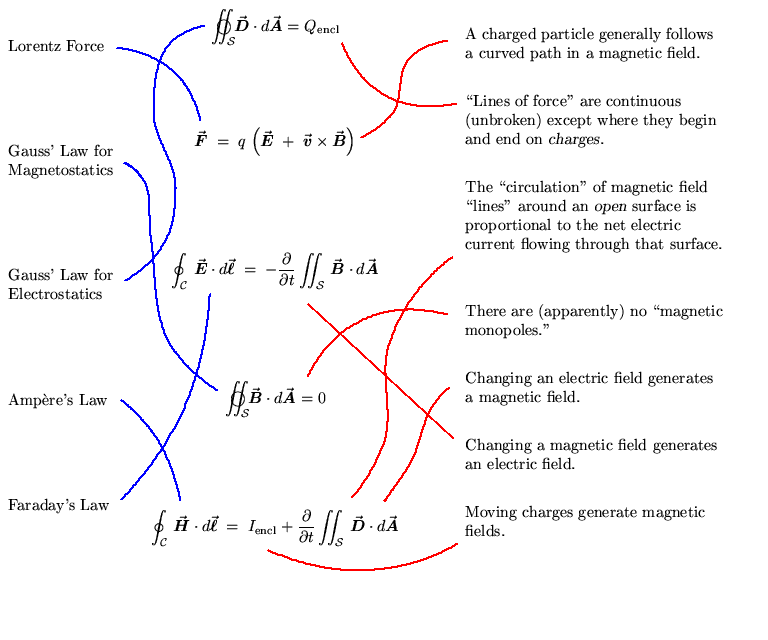Physics 122
Sessional Examination
SOLUTIONS
12 April 2002 - time: 2![]() hours
hours
Instructor: Jess H. Brewer
12 April 2002 - time: 2![]() hours
hours
Instructor: Jess H. Brewer

 .
.

| Definitions: |
|
|
|
|
|
|
||


 where
where


![]()


 where the closed loop
where the closed loop  .
Thus
.
Thus
 to get
to get
 .
Either way, the result is
.
Either way, the result is